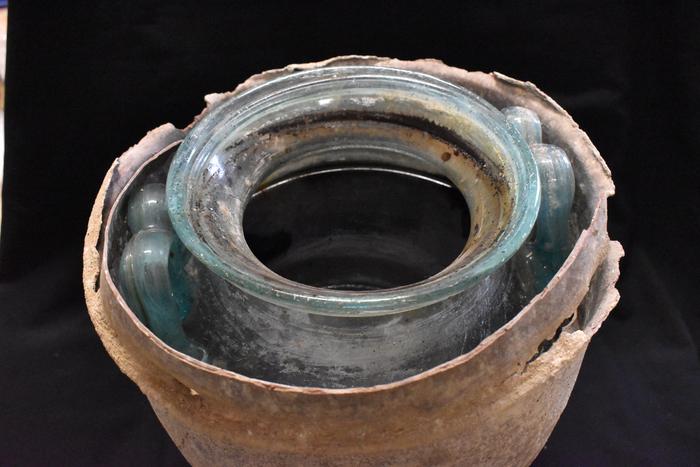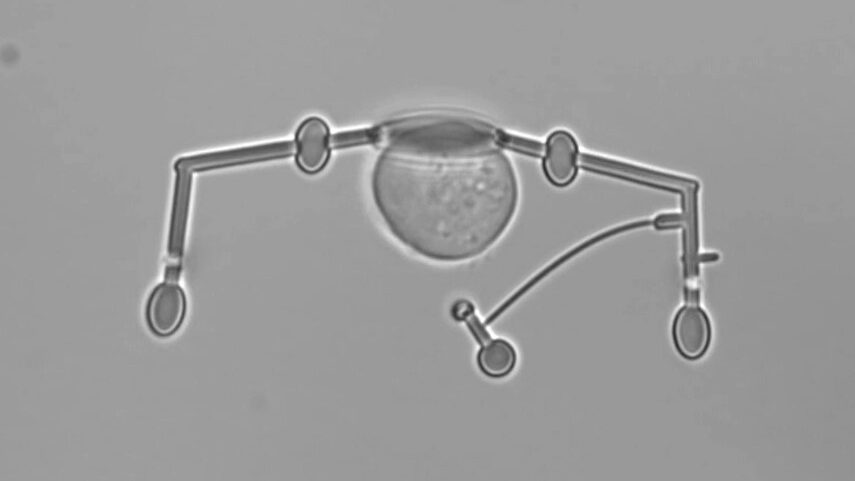Researchers from the University of Vienna in Austria and Ludwig Maximilian University of Munich in Germany have debunked the myth that operatic sopranos use a “whistle” voice register for high pitches.
From University of Vienna 24/06/24. Title by Superinnovatos.

Opera singers have to use the extreme limits of their voice range.
Many pedagogical and scientific sources suggest that the highest pitches reached in classical singing can only be produced with a so-called “whistle” voice register, in analogy to ultrasonic vocalizations of mice and rats.
An international research team, led by Christian T. Herbst of the University of Vienna and Matthias Echternach from the Ludwig Maximilian University of Munich, has now rejected this assumption.
In their study, the scientists showed that the high-frequency sounds of operatic sopranos are produced with the same principle as speech and most other forms of singing.
The study was recently published in the Scientific Reports journal.

For this study, nine highly professional operatic sopranos were asked to perform in a special laboratory situation.
They phonated at the highest pitches while the scientists made ultra-high-speed video recordings of the singers’ throats and vocal folds with trans-nasal endoscopy.
Analysis of the video footage clearly showed that – depending on the sung pitch – the vocal folds in the throat vibrate and collide 1000 to 1600 times per second, commensurable with the produced sound’s frequency.
This is in stark contrast to the alleged, but now refuted “whistle” mechanism, which would have required the vocal folds to be immobile during voice production.
The study thus demonstrates that the “default” mechanism of voice production in humans and most mammals also applies to the upper pitch ranges of operatic singing.
The oscillatory frequency of the vocal folds is at about 1570 Hz, the video was recorded with 20000 frames per second. Credit Echternach M. et al. (2024)
Simulations with a computer model suggest that the singers can, among others, only produce their highest frequencies with greatly increased tension in the vocal folds, supported by high expiratory air pressures.
The study’s senior author Christian T. Herbst maintains: “This finally debunks a long-standing myth of voice pedagogy.”
“It is remarkable that such extreme sounds can be produced with a rather common voice production mechanism – this is only possible with outstanding muscular fine-control of the singers’ vocal instrument.”
Lead author Matthias Echternach adds: “It is truly amazing how some female singers can generate the extremely high tensions in their vocal folds that are required to produce these high-pitched sounds without incurring any vocal health issues.”
“Why some singers succeed while others don’t must remain open for now.”












